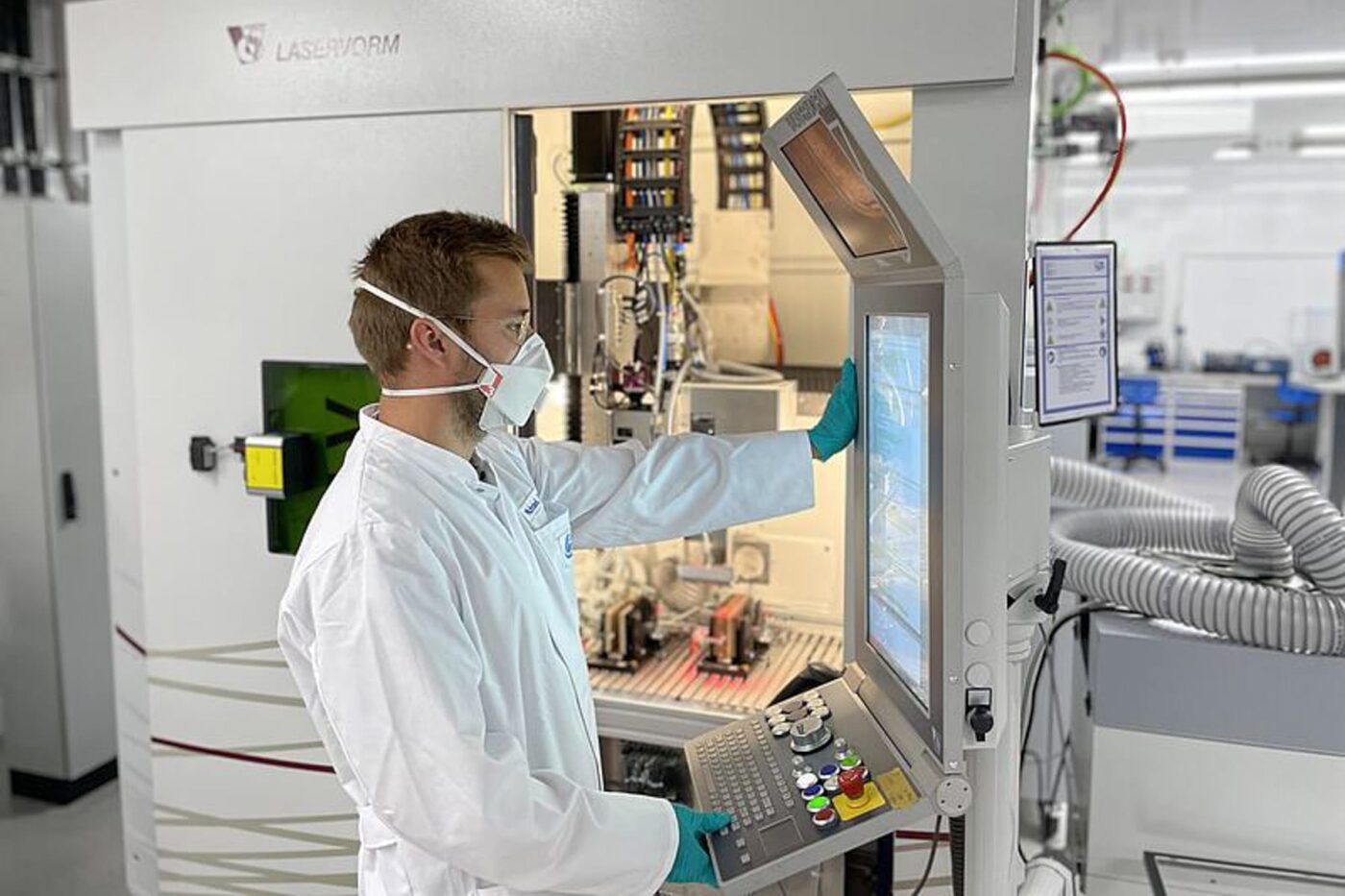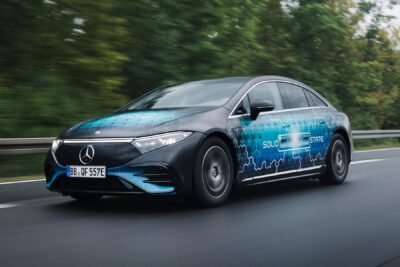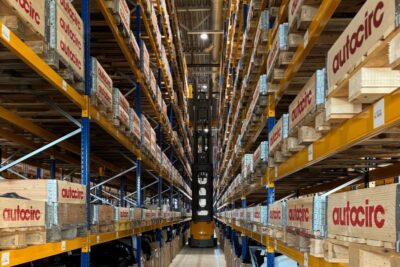FACILE: Research project on silicon-containing anodes
Four partners from Baden-Württemberg are involved in FACILE, including the Centre for Solar Energy and Hydrogen Research Baden-Württemberg (ZSW). According to its own statements, the consortium of industry and science is ‘focusing on proven processes from paper and nonwoven production, combined with state-of-the-art industrial coating techniques from semiconductor technology and photovoltaics’.
The aim is to increase the practical energy density on the anode side by up to 250 per cent while improving the ecological footprint of the batteries. Graphite anodes can store lithium at up to 370 milliampere hours per gram, while silicon offers a theoretical storage capacity of up to 4,200 milliampere hours per gram. With the 250 per cent increase, the FACILE project partners are aiming for a practical capacity of at least 1,000 milliampere hours per gram.
The theoretical advantages of silicon as an anode material are well known, but so are the hurdles to its practical implementation: “The great challenge is that silicon’s volume changes markedly during charging and discharging. Unless suitable countermeasures are taken, this soon causes cracks and peeling on the anode, which can result in battery failure,” as the ZSW explains in its press release. The change in volume affects the mechanical stability of the cell and has so far limited the addition of silicon to anodes (if it is used at all in mass-produced electric cars) to a few per cent, which also reduces the advantage in terms of storage capacity and fast charging performance.
Fleece composite material to compensate for volume change
This is precisely where the research teams from the four partners want to start: instead of the classic coating of metallic carrier foils, silicon anodes are to be developed on fibre-based, electrically conductive non-woven substrates. The fibre-based, flexible non-woven structure is intended to compensate for the volume changes of the silicon. The researchers expect the novel composite material to deliver high performance and long service life with sustainability.
“FACILE shows how industry and science in Baden-Württemberg can jointly cover the entire value chain for lithium-ion batteries, from material development to cell production,” says Markus Hölzle, member of the Executive Board and Director of the ZSW in Ulm. “The project goes to develop silicon anodes on flexible nonwoven fabric substrates that compensate for significant volume changes in the material. This will result in powerful, durable, and sustainable batteries – and make important contribution to strengthening the region’s competitive stance.”
The ZSW in Ulm is initially testing the fibre-based silicon anodes produced in the project in small test cells. The scientists will then examine the manufacturing processes, adapt them and scale them up to produce large battery cells such as those used in electric vehicles. The ZSW’s pilot cell production facilities will be used for this purpose.
Centrotherm International AG, based in Blaubeuren, which is also coordinating the project, is working as a mechanical engineering specialist on the development of an innovative high-throughput plant for silicon coating of fibre materials. Phoenix NonWoven GmbH & Co. KG in Lenningen develops and supplies special nonwoven fabrics. The International Solar Energy Research Centre Konstanz (ISC Konstanz e.V.) is investigating the connection between nonwoven fabric and copper foil, while the photovoltaics department at the University of Konstanz is carrying out the material analyses.
The project, which started on 1 July 2025, is being funded by the Baden-Württemberg Ministry of Economic Affairs, Labour and Tourism with a total of 1.28 million euros. It will run for 24 months until 30 June 2027.
This article was first published by Sebastian Schaal for electrive’s German edition.





0 Comments